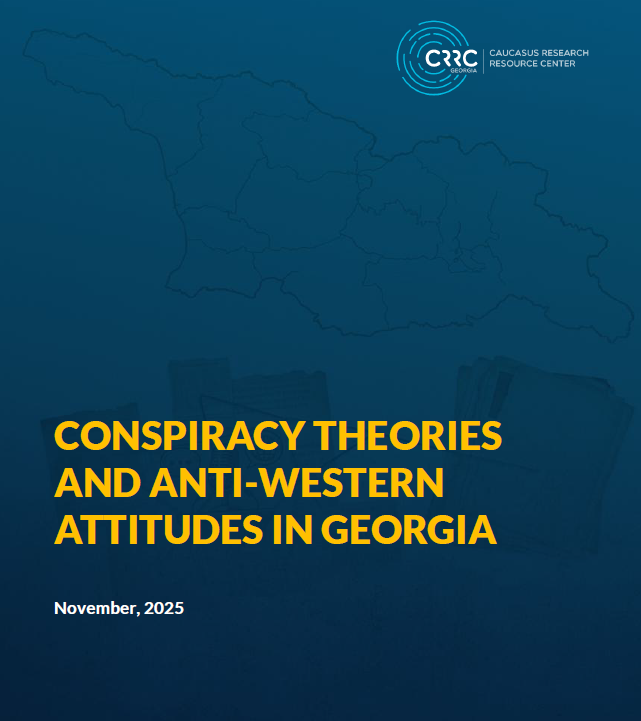Many social researchers working on the Caucasus bemoan the lack of good scholarly works on the region. However, one recent book, which is both excellent and readable, seems to have fallen under people’s radars — Mathijs Pelkmans’ Defending the Border: Identity, Religion, and Modernity in the Republic of Georgia, which came out in 2006 with Cornell University Press.
Pelkmans’ book is deeply embedded within the literature on the studies of borderlands. Using the case of Sarpi (and Ajara more generally), Pelkmans argues convincingly that the Georgian (Soviet) border was not like other borders treated in the academic literature, which were porous and where strong cross-border networks have and continue to play an important role. Conversely, the Georgian border still plays a strong role, despite the ease with which it is now crossed.
Sarpi, which is only part of the study, provides a fascinating place to study a the effects of a Soviet border. First, the village was split in half after 1921. Second, the community is the only predominantly Laz community in Georgia. Therefore, in practice, the community should have felt more oriented towards their Laz brethren on the other side of the border in Turkey, where the majority of Laz live, after the border reopened.
However, the Soviet Union did something incredible with their tactics for closed border zones. Despite the fact that those on the Sarpi side of the village still have relatives on the other side of the border and their families also used to have landplots across the border, the Georgian Laz hardly ever go across into Turkey. Furthermore, only two marriages have occurred between the two Sarpis and those only in the heady days right after the border opening.
So what happened? Pelkmans’ book examines three types of bordering, the literal border, the border between Islam and Christianity and the relationship between an urban provincial capital of Batumi and its rural periphery. As a brief insight into the Islam/Chrisitian divide, Pelkmans discusses the many people within the community of Sarpi who have now converted to Christianity as part of Tbilisi’s narrative of the temporary conversion of its people to Islam under the Ottoman yoke, and the book contains wonderful quotes to highlight the process by which these people chose to convert to Christianity. Furthermore, Pelkmans examines the perceptions of the Turkish Sarpi “other.” Those on the Georgian side of the village feel that their brethren on the Turkish side of the border have lost their Laz identity and become turkified. Indeed, they often refer to them as Turks. Conversely, as Pelkmans notes, the Georgian Laz have lost many of their cultural traits as well.
You will have to read the book, to get insight into the other types of bordering. However, in short, Pelkmans argues that religious, spatial and cultural borders have come together to create a border that still exists in the minds of the residents of Sarpi.
A follow up study on the other side of the village would prove fascinating, but for the time being Pelkman’s account is a wonderful read.







